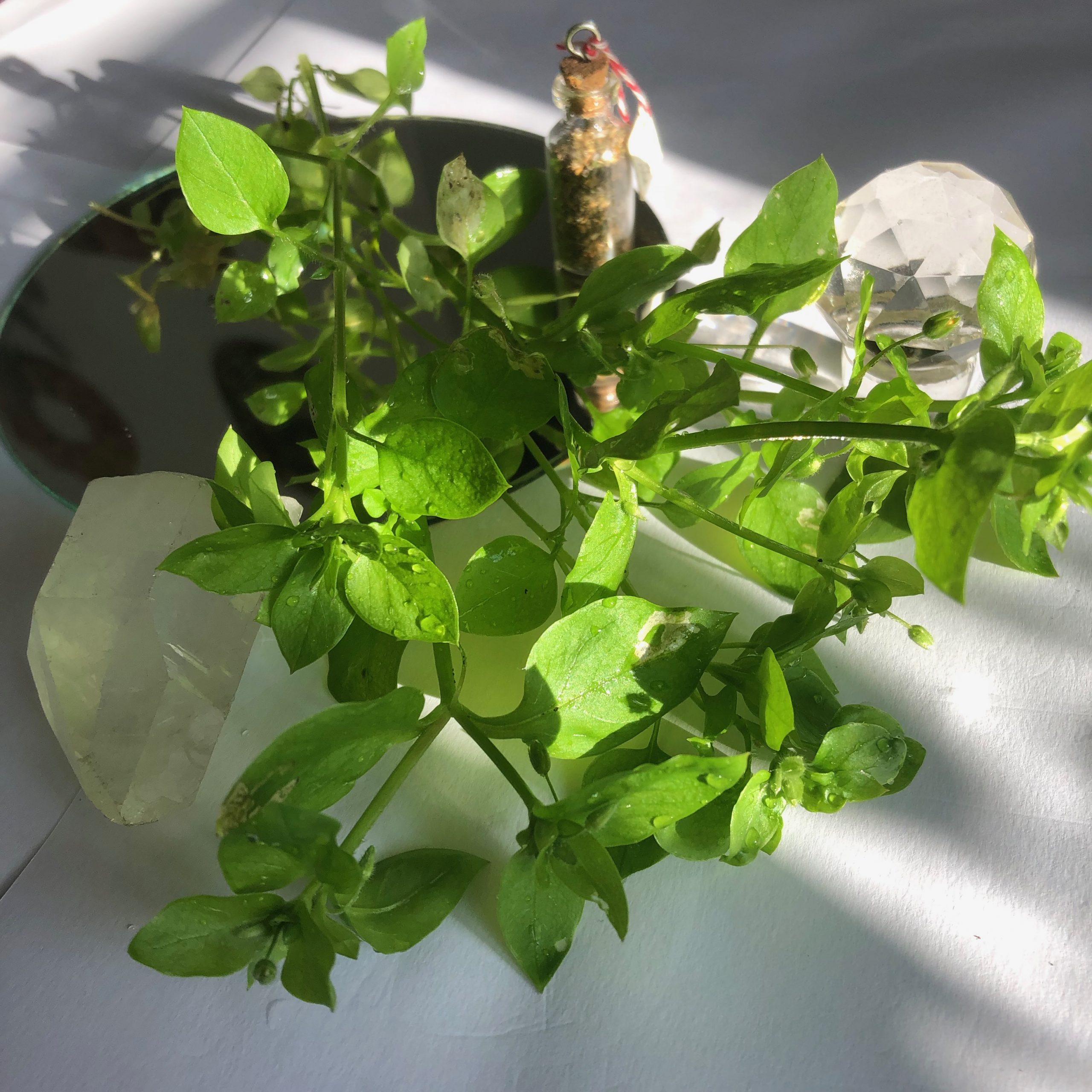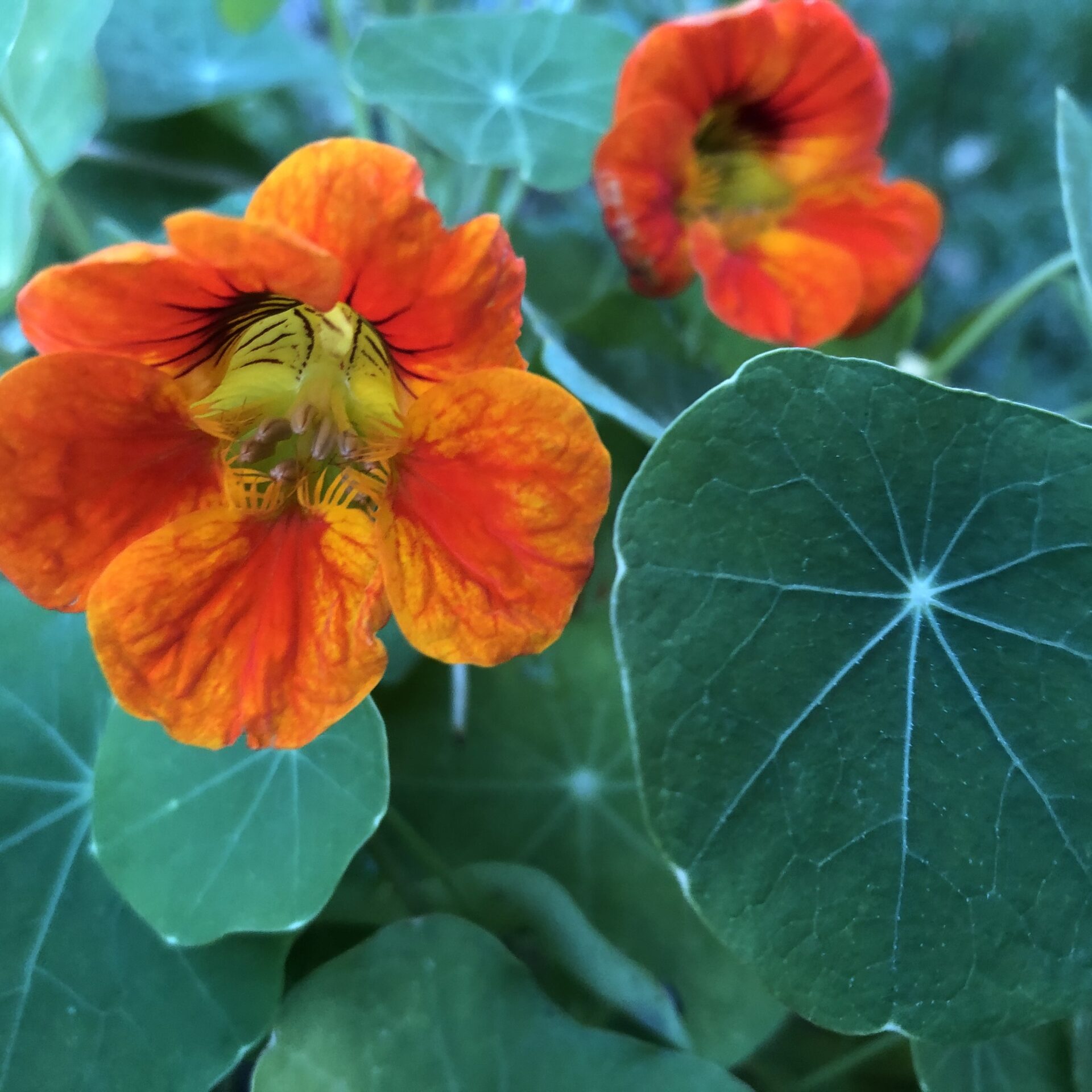Foraging for Fresh Spring Greens
This time of the year brings with it fresh, verdant, lush foods to forage, a time to stuff our meals with greens. Vibrant new herb growth and leafy veg offer such nutrient dense goodness and leave a super satisfying feeling throughout the body. We are always so grateful for the signs of Spring and with it, the freshening of the diet. In terms of what is available, there is much to forage to support giving your body a good Spring clean with your garden weeds.
Let’s have a look at 3 of our favourite of nature’s Spring offerings here in the temperate climes.
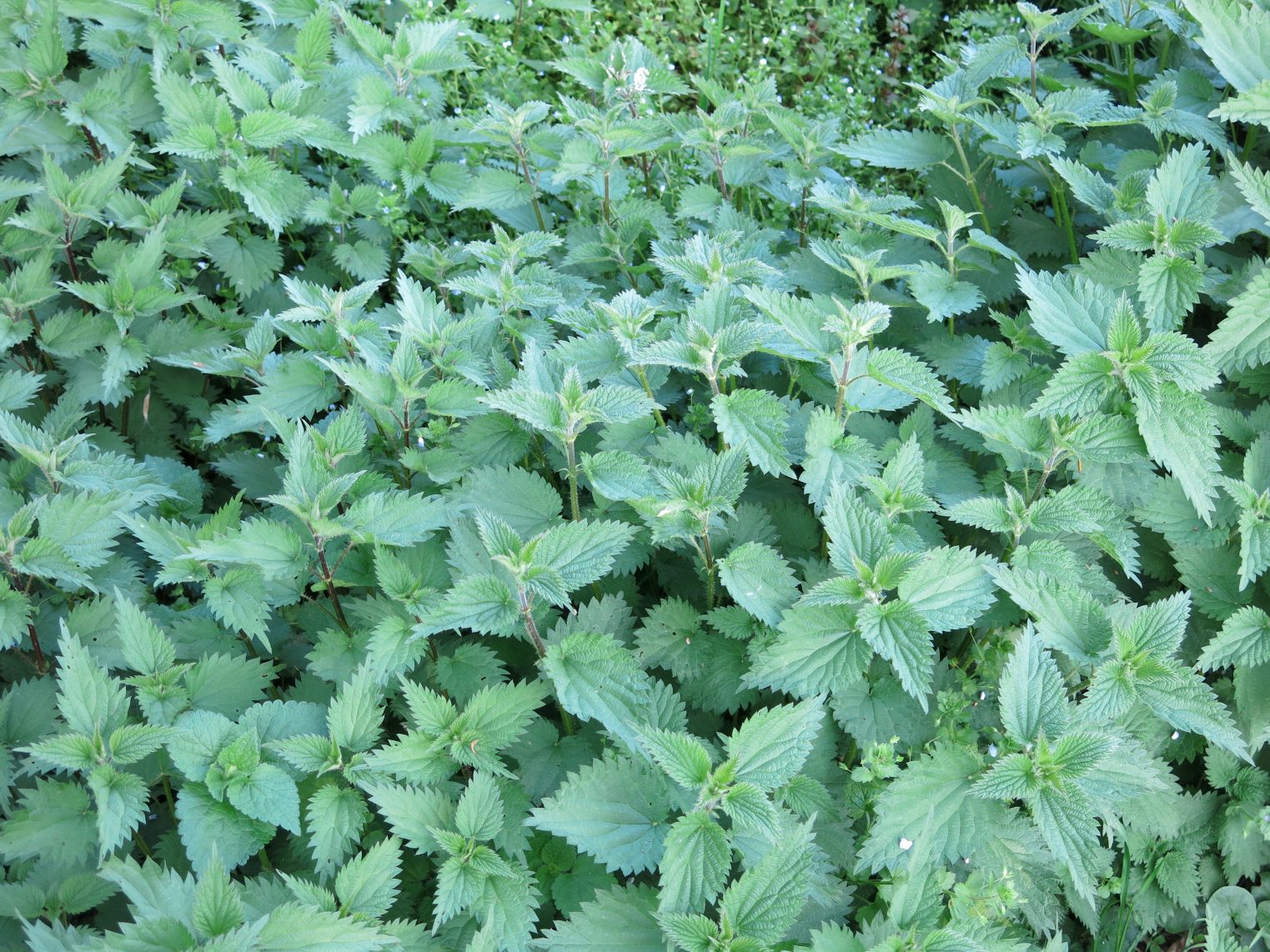
Nettle leaf tips:
Nettle is a nutrient rich source of iron and other minerals and makes a delicious nutritious spring soup. Culpepper, an old English herbalist tells us nettle “is hot and dry, and you know as well that winter is cold and moist; then you may know as well the reason why nettle-tops eaten in the spring consume the phlegmatic superfluities in the body of man, that the coldness and moistness of winter hath left behind”.
With this in mind, nettles are a great addition to any spring herbal tea or soup. Nourishing the body in Spring is something the whole family can do through using spring green herbs in your daily meals. After a long winter of root vegetables and hibernation, boosting nutrients from nature’s harvest is a great way to gear up for the energetic sunny months ahead. Try making it a group activity! Getting everyone together to harvest the nettles and help prepare a soup is super fun and the soup is always tasty.
Along with the nutrition, you can find nettle lore strewn throughout many different cultures. As part of norse mythology, nettles were thrown into fireplaces during thunderstorms to satisfy the god Thor. Nettle was said to please Thor and protect the house from being struck by lightning. Early on in human evolution, humans saw nettle as a protection from evil spirits so they carried the plant around with them. For years nettle has been seen as a symbol of protection and we think it carries similar powers.
Did we mention that nettle is a superfood? Along with all those uplifting nutrients, nettle has also been known to relieve hay fever symptoms. An appropriate and useful Spring herb for those spring ailments. Nettle has anti-inflammatory and can support the body in combating sneezing, watery eyes, and runny nose. Such an incredible spring helper.
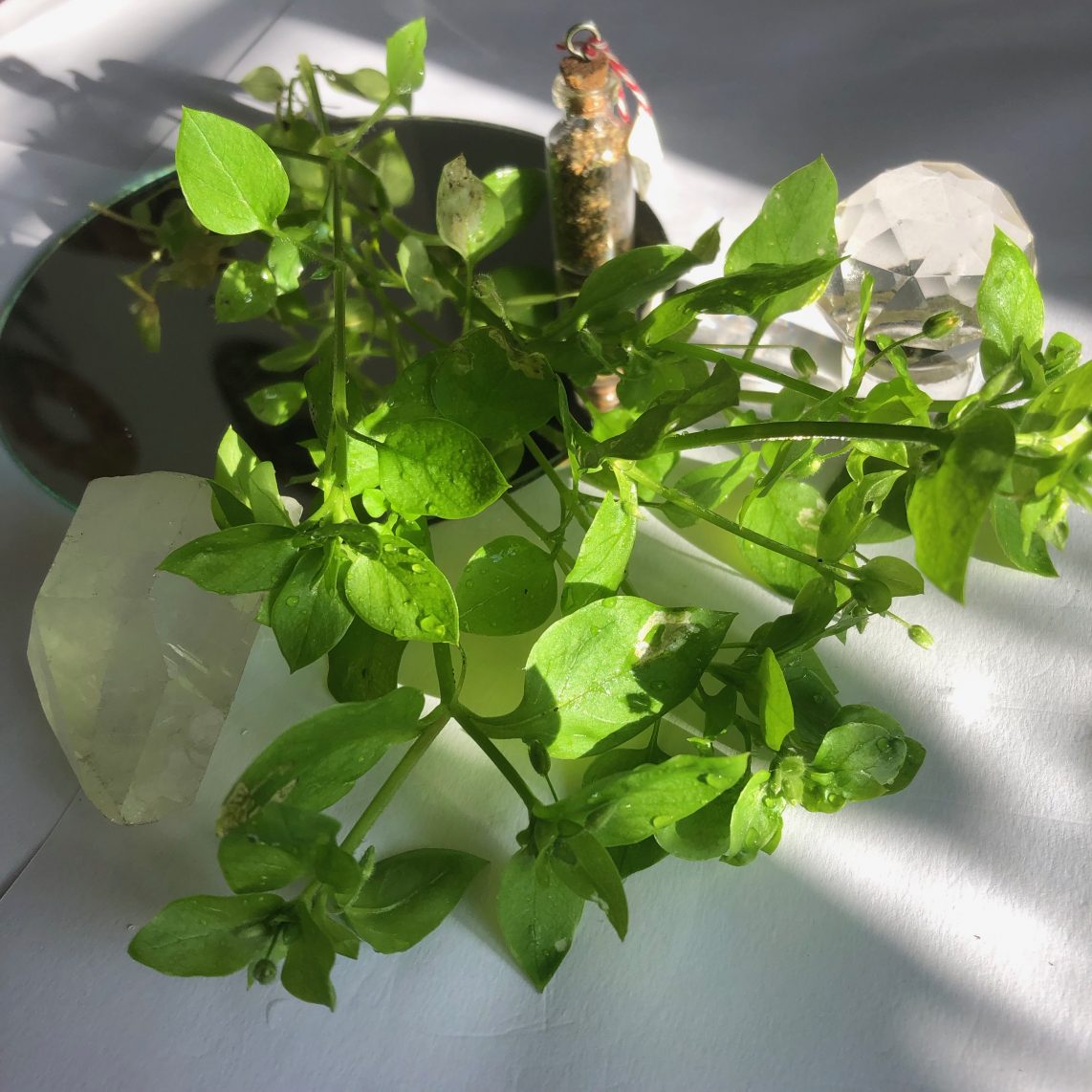
Chickweed:
Chickweed is a creeping, succulent green invader, famed for being anti-itch. The tiny delicate star shaped white flowers that develop later in the year are super bright and illuminatory just like her medicine. We’ve been juicing the chickweed from our vegetable beds these past few days and feeling the light – Chickweed, celery, dandelion leaves and nettle sweetened with a bit of apple or pear has been our staple morning juice.
Apart from a delight in our juice, the chickweed is also being chopped and added to our spring salads. They have a pleasant slightly salty, slightly soapy taste which we can attribute to the saponin content! Saponins assist the cells in our body to become more permeable and therefore soak in all the nutrients spring has to share. Most of all, the chickweed brings that green, green flavour to the table so we know that means it is so nourishing and nutritive.
A herb of the moon, cooling and soothing and possibly most famous for its amazing ability to treat hot, itchy skin conditions swiftly, moon herbs also exert control over the movements of water within the body. Chickweed tea is wonderful for any pre-menstrual conditions when water retention is an issue as it quickly relieves the bloated heavy feelings that can intensely arrive.
A lot of the benefits ascribed to chickweed may simply be the result of its high nutritional value as it is one of the more nutrient-dense weeds readily available for nourishment and medicine. Chickweed contains generous amounts of magnesium, iron, calcium, manganese, phosphorus, potassium, silicon, zinc and sodium. It is also high in vitamin C (ascorbates), bioflavinoids, vitamin A, and some of the B-complex vitamins such as niacin. It also contains gamma-linolenic acid (GLA), an omega-6 fatty acid that is a bit of a panacea really.
Much like us, birds and chickens are also known to avidly feed on the seeds and leaves of chickweed hence its name. The ancient Latin name for the herb was Morsus gallinae which means a morsel or bite for hens (truly for the birds 🙂 ). It is now known as Stellaria media in Latin. Stellaria means star – remember those cute little white star-shaped flowers?
Medicinally, chickweed is classified as a demulcent herb, meaning that it soothes and reduces irritations of the mucous membranes. Demulcents coat, shield, lubricate and soothe inflamed tissue while relieving the pain associated with inflammation. This powerful little herb is also classified as an expectorant, mostly to do with its Saponin content, as it acts upon the bronchi and lungs to promote the expulsion of mucous from the respiratory tract. Due to these qualities, European herbalists have used chickweed successfully in supporting the the treatment of TB, whooping cough, bronchitis and the common cold and flu. In the 1860s and 1870s, herbals published by Shaker communities described how they utilised this herb to treat any inflammations of the eye, as well as acute bacterial skin infections. Furthermore, chickweed has an influence on the liver helping to cool irritated hot and angry tissue within this busy organ. It makes an excellent a hangover cure, for just this type of symptomatic picture. What a powerhouse!
Overall an incredibly useful friend to have around!
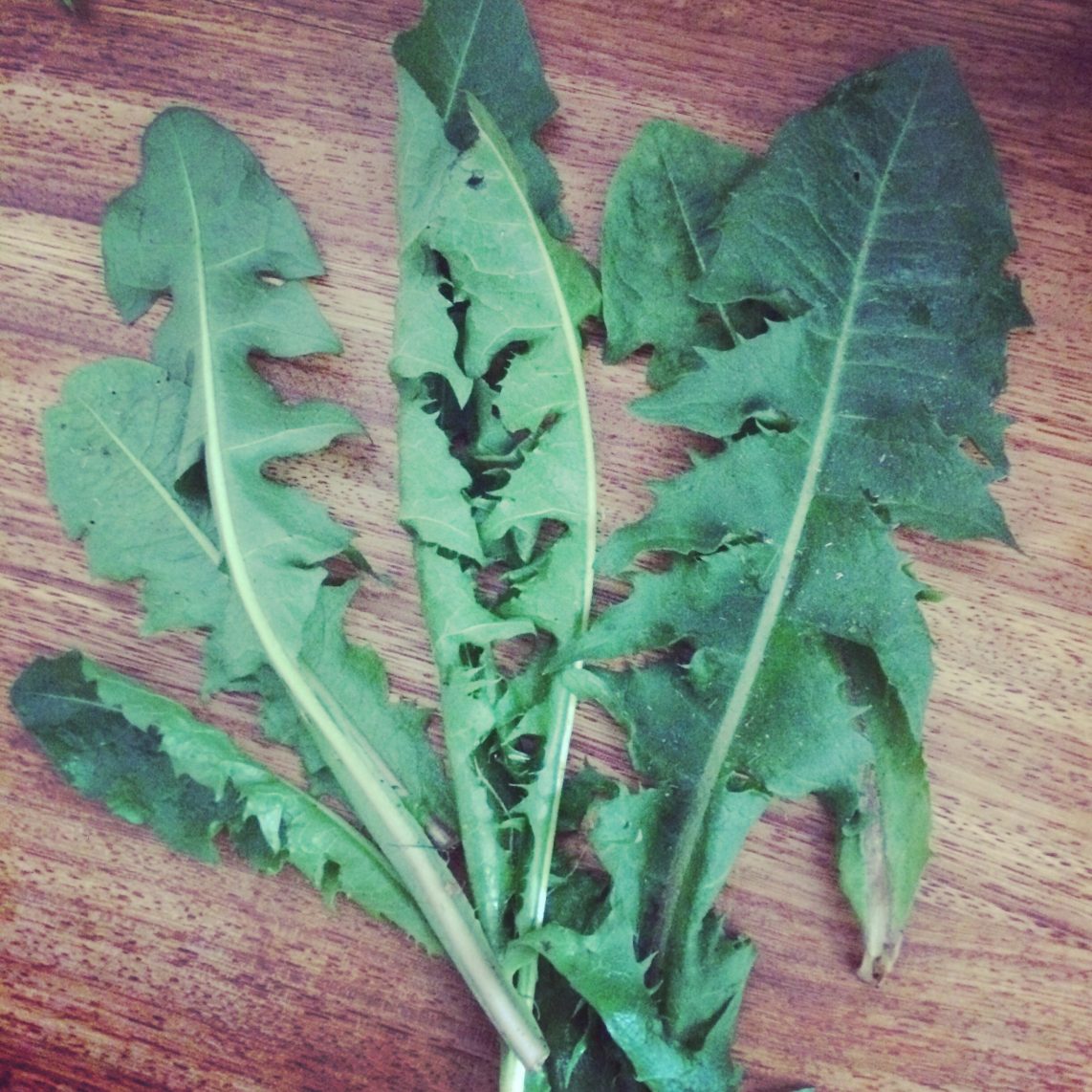
Dandelion leaves:
Another of our favourite spring clean with your garden weeds are the greens of the fresh dandelion leaves which make a great addition to a salad too. Dandelion leaves can be eaten cooked (lightly steamed) or raw and serve as an excellent source of vitamins A, C and K. They also contain vitamin E, folate and small amounts of other B vitamins. Along with these essential vitamins, dandelion leaves provide a substantial amount of several minerals, including iron, calcium, magnesium and potassium. In fact, Dandelion is one of the best natural sources of potassium, thus an ideal diuretic that may be used safely wherever such an action is needed.
Included with the diuretic action, dandelion leaves are revered for being producers of bile. You may find that when biting into a leaf you get quite the bitter punch and start to salivate a bit more than usual. The constituents, sesquiterpene lactones, are responsible for this slightly off-putting taste and they truly do wonders for improving the process of digestion (through increased bile secretion) as well as the metabolism of fats in the liver. Taking us back to clearing out the system for spring, this is the perfect detox leafy veg to include in a salad as it helps the liver with those pesky toxins.
Another lovely way to include this greenery into your spring life is to make an infusion out of the leaves. You’ll want to gather some fresh leaves and give them a good chop. Top the leaves with some boiling water and let them sit for about 10 minutes to get all the good stuff out of the leaves. Once you’ve strained out the leaves (or you can leave them in), since we mentioned the bitter component, you’ll want to sweeten your tea with a bit of honey. Dandelion leaf infusion is a trooper when it comes to reducing water weight which is due to the diuretic abilities. This action can also inhibit any bacteria from adhering to the urinary tract walls and therefore combat any infection that may be ready to pounce.
Although often seen as a pest or weed, next time you are out at a park or walking by a football field, give those sunny yellow beauties a second thought. They only wish to share their magic, that’s why there are so many!
Have a watch of our video to learn about more plants to forage and have in your Spring salads.
Check out our Spring Kitchen Witchin’ E-guide which is packed full of delicious recipes and plant connections

